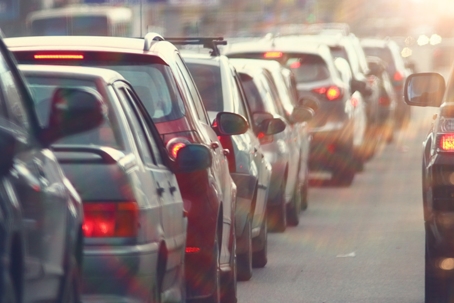The end of summer brings more than just the last few barbecues and beach trips. It often means heavier traffic as people squeeze in their final vacations, kids go back to school, and holiday weekends like Labor Day approach. With congested roads and impatient drivers, accidents can and do happen.
If you’ve been injured in an accident during this busy time, feeling overwhelmed is normal. But knowing what to do immediately after a crash can make a big difference—for your health and legal rights.
Step 1: Prioritize Safety First
The moments after an accident can feel like a blur, but your safety and the safety of others involved should come first.
- Check for injuries: Assess yourself and any passengers for injuries. If anyone appears seriously hurt, stay where you are and wait for emergency responders.
- Move to safety if possible: If your vehicle is drivable and the accident is minor, move it to the shoulder or a safer location to avoid further collisions. Turn on your hazard lights to alert other drivers.
On busy end-of-summer roads, other drivers may be distracted or rushing, which increases the risk of a secondary crash. Staying aware is key.
Step 2: Call for Help
Never assume someone else has already contacted emergency services. If the accident involves injuries, significant vehicle damage, or blocked traffic lanes, call 911 immediately. They’ll dispatch police, medical assistance, or both depending on the situation.
When the police arrive, they’ll create a report documenting the accident. This report will be essential later if you pursue a personal injury claim.
Step 3: Document the Scene
Once everyone is safe, start gathering information. The moments after an accident provide valuable evidence that can support your case later.
What to Document
- Photos and Videos: Use your phone to take clear photos of the scene. Focus on vehicle damage, license plates, road conditions, skid marks, and any visible injuries. Videos of the entire accident scene can also capture crucial context.
- Witness Information: Ask for their names and contact details if bystanders saw what happened. Witness accounts can be vital in establishing fault.
- Notes: Write down everything you remember about how the crash happened. Include details like the time, weather, and traffic conditions. Your memory might fade over time, so capturing immediate impressions is important.
Be Cautious About Conversations
While you may want to express concern or apologize instinctively, avoid making statements that could be interpreted as admitting fault. Stick to factual details when discussing the incident with the other driver or police officers.
Step 4: Exchange Information
Swap contact and insurance information with the other driver(s). Make sure to get the following details:
- Full name and contact number
- Driver’s license number
- Insurance company name and policy number
- Vehicle make, model, and license plate number
If there are multiple vehicles involved, try to get this information for all drivers. If one party refuses to cooperate, the responding police officer can help mediate.
Step 5: Seek Medical Attention
Even if you feel okay immediately after the accident, seeing a doctor as soon as possible is crucial. Some injuries, like whiplash or internal damage, may not show symptoms right away but can worsen if left untreated.
Why Medical Care Matters
- Protect Your Health: Prompt treatment improves your chances of recovery and prevents complications.
- Document Injuries: Medical records provide evidence connecting your injuries to the accident, which strengthens your legal claim.
Make sure to follow your doctor’s recommendations for follow-up care, physical therapy, or specialist visits. Skipping appointments could weaken your case later by suggesting your injuries weren’t severe.
Step 6: Notify Your Insurance Company
Notify your insurance company about the accident as soon as possible. Most policies require prompt reporting, even if you weren’t at fault. Provide just the facts and avoid guessing or speculating about details you’re unsure of.
While your own insurer should be there to support you, remember that their priority is often minimizing payouts. This is why it’s a good idea to consult a personal injury attorney early in the process.
Step 7: Contact a Personal Injury Attorney
Handling the aftermath of an accident, especially during this traffic-heavy time of year, can feel daunting. A personal injury attorney can relieve that burden by helping you protect your rights and claim fair compensation.
How an Attorney Helps
- Evaluating Your Case: They’ll assess the strength of your claim and identify all potentially responsible parties.
- Handling Evidence: Attorneys secure accident reports, surveillance footage, medical records, and other time-sensitive evidence.
- Communicating with Insurers: Your lawyer will handle all negotiations, ensuring you’re not pressured into accepting a lowball settlement.
- Maximizing Compensation: They’ll fight for damages that cover medical bills, lost wages, and pain and suffering.
Why Timing Matters
End-of-summer accidents are unique not just because of higher traffic but also because they often coincide with holiday weekends. This can delay police reports and slow insurance processes. Acting quickly helps you stay ahead and secure what you’re entitled to.
Kansas City Car Accident Lawyer
At Shamberg, Johnson & Bergman in Kansas City, MO, our experienced legal team is here to provide guidance and assistance if you find yourself navigating these complex and often challenging post-accident landscapes. Contact us today at (816) 542-5999 to discuss how we can help you secure your rights and get the necessary support during such incidents. Trusted local advice is just a quick call away!

